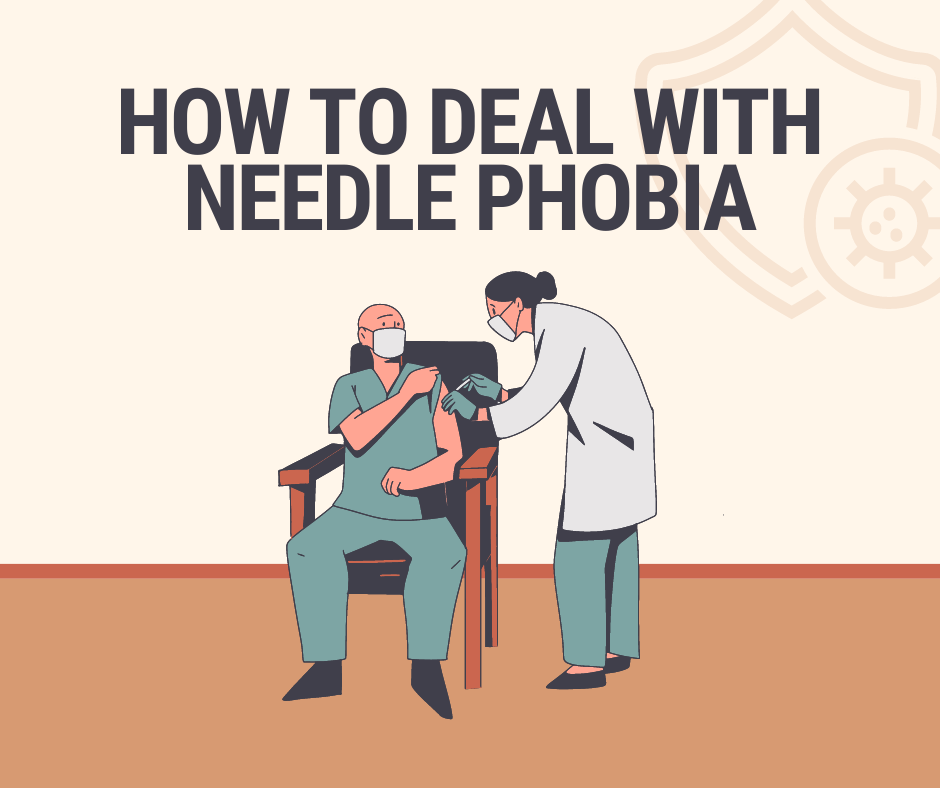Hospice care in Los Angeles is a specialized kind of care that focuses on patients’ and their families’ physical, emotional, and spiritual needs as the patient nears the end of their life. Hospice care aims to provide comfort, dignity, and quality of life to patients with terminal illnesses that can no longer be cured by medical treatment. Hospice care is usually provided in the patient’s home or a hospice facility and can be divided into several stages.

In this article, we will enumerate the stages of hospice.
1. Pre-Hospice Stage
The pre-hospice stage is before a patient enters hospice care. During this stage, the patient may still receive curative treatment for their illness. However, the patient and their family may consider hospice care and explore their options. They may be exploring all their options for hospice near Glendale, whether they want hospice care to be at home or in a facility, and other difficult choices.
This stage can be difficult and emotional for the patient and their family as they come to terms with their terminal illness. Some will experience denial, grief, and other tough emotions.
2. Initial Stage
The initial stage of hospice care begins when the patient is admitted to hospice. At this stage, the hospice team assesses the patient’s physical, emotional, and spiritual needs. The hospice team includes doctors, nurses, social workers, and other healthcare professionals who work together to develop a care plan tailored to the patient’s needs. The hospice team also educates and supports the patient and their family, getting them ready for what’s to come and teaching them ways of making things easier for their loved one in hospice.
3. Stable Stage
The stable stage of hospice care occurs when the patient’s symptoms and condition are controlled. At this stage, hospice care focuses on maintaining the patient’s comfort and quality of life. The hospice team continues to look over the patient’s condition and make changes to their care plan as needed. The patient and their family may also receive counseling and support to help them cope with end-of-life care’s emotional and spiritual aspects.
4. Unstable Stage
The unstable stage of hospice care occurs when the patient’s condition deteriorates. At this stage, the hospice team may need to adjust the patient’s medications or other treatments to manage their symptoms. The hospice team will continue giving emotional and spiritual support to the patients and their loved ones as everything happens all at once.
5. Active Dying Stage
The active dying stage of hospice care occurs when the patient is nearing the end of their life. At this stage, the hospice team focuses on providing comfort and support to the patient and their family. The patient may experience physical and emotional changes during this stage, and the hospice team works to manage their symptoms and provide comfort measures. The hospice team also supports the patient’s family as they prepare for their death.
6. Bereavement Stage
The bereavement stage of hospice care occurs after the patient’s death. The hospice team supports the patient’s family as they grieve and adjust to life without their loved one. The hospice team may offer counseling, support groups, or other resources to help the family cope with their loss.
Conclusion
In conclusion, hospice care is a specialized approach to end-of-life care that provides comfort, dignity, and quality of life to patients and their families. Hospice care can be divided into several stages, including the pre-hospice stage, initial stage, stable stage, unstable stage, active dying stage, and bereavement stage. The hospice team works together to provide comprehensive care tailored to the patient’s needs and emotional and spiritual support to the patient and their family throughout the hospice journey.



